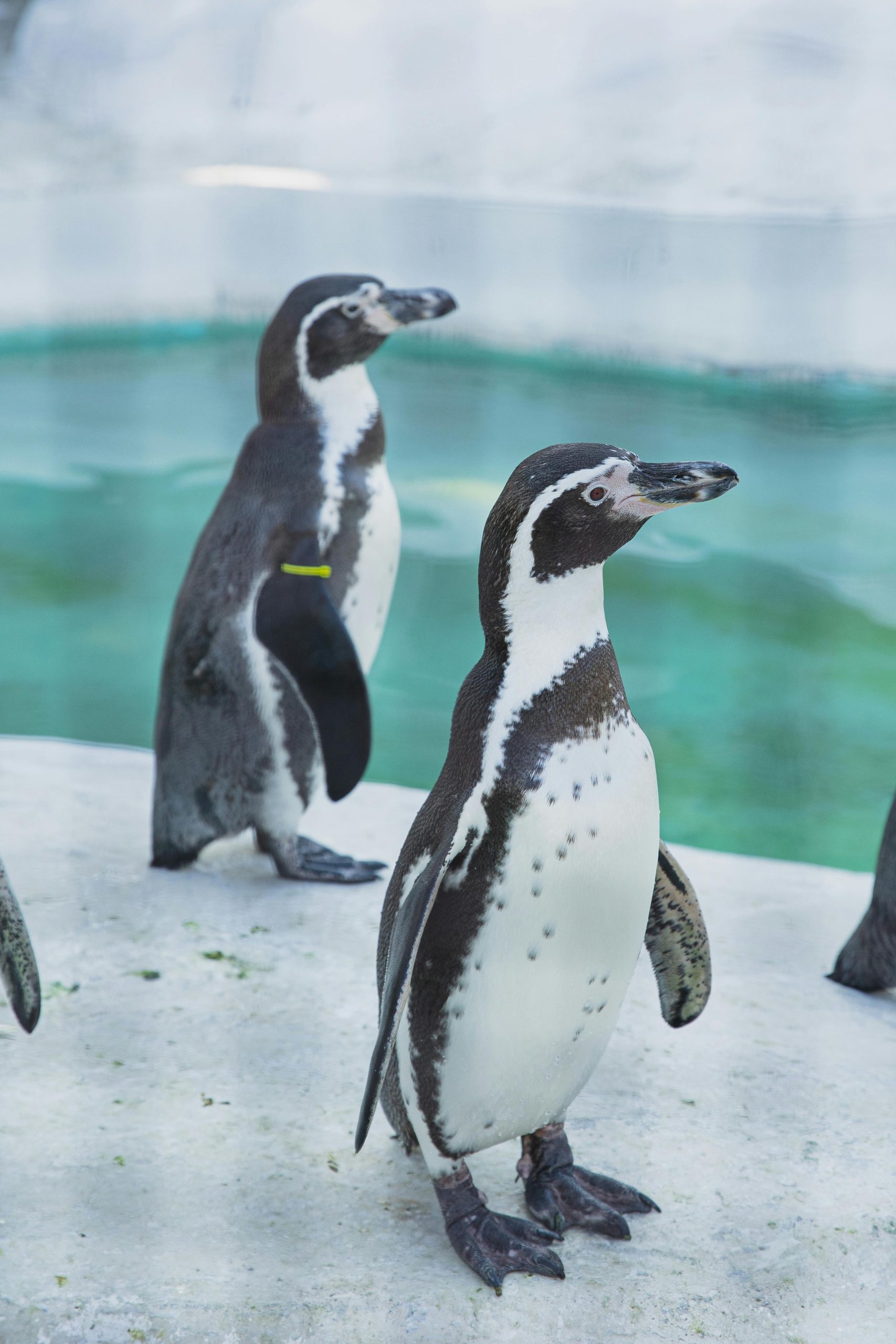Table of Contents
![]()
Introduction
Definition of Endangered Species
Endangered species are those at risk of extinction due to various factors such as habitat destruction, climate change, and human activities. The International Union for Conservation of Nature (IUCN) classifies species into categories based on their extinction risk, ranging from “Least Concern” to “Critically Endangered.” These classifications help prioritize conservation efforts and allocate resources effectively.
Importance of Studying Endangered Species
Studying endangered species is crucial for maintaining ecological balance and biodiversity. Each species plays a unique role in its ecosystem, contributing to processes like pollination, seed dispersal, and nutrient cycling. Furthermore, many species offer direct benefits to humans, including medical research, which can lead to breakthroughs in treatments and drugs.
Criteria for Endangerment
Factors Leading to Endangerment
Several factors contribute to the endangerment of species:
- Habitat Loss and Fragmentation: Deforestation, urbanization, and agriculture reduce the size and quality of habitats, making it difficult for species to survive and reproduce.
- Pollution: Contaminants in air, water, and soil can poison species directly or degrade their habitats.
- Climate Change: Altered temperature and weather patterns affect species’ habitats and food sources, leading to shifts in distribution and behavior.
- Overexploitation: Hunting, fishing, and poaching reduce populations and disrupt ecosystems.
- Invasive Species: Non-native species can outcompete, prey on, or bring diseases to native species, causing ecological imbalances.
Assessment and Classification
Organizations like the IUCN use the Red List to assess and classify species based on criteria such as population size, rate of decline, and habitat area. This classification helps in setting conservation priorities and guiding recovery strategies.
Examples of the Most Endangered Species
Mammals
- Vaquita (Phocoena sinus): The vaquita, a small porpoise native to the northern part of the Gulf of California, is critically endangered with fewer than 10 individuals remaining. Major threats include bycatch in illegal gillnets used for fishing totoaba, a fish with a valuable swim bladder.
- Sumatran Orangutan (Pongo abelii): Native to the island of Sumatra, the Sumatran orangutan faces severe threats from deforestation, illegal pet trade, and human-wildlife conflict. With fewer than 14,000 individuals left, concerted conservation efforts are essential to its survival.
Birds
- Kakapo (Strigops habroptilus): This critically endangered parrot from New Zealand is flightless and nocturnal. Predation by introduced species like cats and stoats, along with habitat destruction, has reduced its population to fewer than 250 individuals. Intensive management, including breeding programs, is crucial for its survival.
- California Condor (Gymnogyps californianus): Once on the brink of extinction with only 27 individuals in the wild, the California condor has seen a modest recovery due to captive breeding and reintroduction efforts. However, it remains endangered due to threats like lead poisoning and habitat loss.
Reptiles
- Hawksbill Turtle (Eretmochelys imbricata): This sea turtle, known for its beautiful shell, is critically endangered due to illegal trade, loss of nesting sites, and climate change. Conservation efforts include protecting nesting beaches and reducing bycatch in fishing gear.
- Chinese Crocodile Lizard (Shinisaurus crocodilurus): Found in a small region of China and Vietnam, this species is threatened by habitat loss and the pet trade. Conservation measures focus on habitat protection and monitoring population trends.
Amphibians
- Axolotl (Ambystoma mexicanum): Native to Mexico City’s lake complex, the axolotl is critically endangered due to habitat destruction and pollution. Known for its remarkable regenerative abilities, it is also a subject of scientific research.
- Golden Poison Dart Frog (Phyllobates terribilis): Native to Colombia, this frog is critically endangered due to habitat loss and the pet trade. Its potent toxins, used by indigenous peoples for hunting, contribute to its allure and exploitation.
Fish
- Adriatic Sturgeon (Acipenser naccarii): This sturgeon species, native to the Adriatic Sea, faces threats from habitat alteration and overfishing. Conservation efforts include habitat restoration and regulating fishing practices.
- Devils Hole Pupfish (Cyprinodon diabolis): Native to a single spring in Nevada, USA, this fish is critically endangered due to habitat modification and water diversion. Conservation actions focus on habitat protection and monitoring water levels.
Insects
- Lord Howe Island Phasmid (Dryococelus australis): This large, flightless insect was thought extinct until rediscovered in 2001. It is critically endangered due to habitat loss and predation by introduced species. Conservation efforts involve breeding programs and habitat management.
- Psychedelic Rock Gecko (Cnemaspis psychedelica): Known for its striking coloration, this gecko from Vietnam is endangered due to habitat loss and collection for the pet trade. Conservation measures include habitat protection and monitoring trade activities.
Conservation Efforts
Global Initiatives
- International Treaties and Agreements: Treaties like CITES (Convention on International Trade in Endangered Species) and the CBD (Convention on Biological Diversity) aim to regulate trade and promote conservation on a global scale.
- Role of NGOs: Organizations such as the World Wildlife Fund (WWF) and the Wildlife Conservation Society (WCS) play vital roles in fundraising, awareness, and direct conservation actions.
- Government Policies: National and local governments implement laws and regulations to protect endangered species and their habitats, often in collaboration with international organizations.
In-Situ Conservation
- Protected Areas and Wildlife Reserves: Establishing and managing protected areas help preserve critical habitats and provide safe havens for endangered species.
- Habitat Restoration Projects: Efforts to restore degraded habitats aim to improve conditions for species to thrive and increase their chances of recovery.
Ex-Situ Conservation
- Breeding Programs: Captive breeding programs help increase the population of critically endangered species and, where possible, reintroduce them into their natural habitats.
- Seed Banks and Gene Banks: These facilities preserve genetic material of plants and animals to maintain biodiversity and support future restoration efforts.
Community Involvement and Education
- Local Conservation Programs: Engaging local communities in conservation efforts ensures sustainable practices and enhances the effectiveness of protection measures.
- Public Awareness Campaigns: Educating the public about endangered species and conservation issues fosters support and drives action to protect these vulnerable species.
Challenges and Future Directions
Political and Economic Obstacles
- Funding Issues: Securing adequate funding for conservation projects remains a challenge, impacting the ability to implement and sustain effective programs.
- Conflicts with Local Communities: Balancing conservation efforts with the needs and rights of local communities can be complex, requiring collaborative solutions.
Climate Change Impacts
- Effects on Species’ Habitats: Climate change alters habitats, forcing species to adapt or migrate, which can be challenging for those with limited ranges or specialized needs.
- Adaptive Strategies: Developing adaptive management strategies helps mitigate the impacts of climate change on endangered species and their habitats.
Technological Advances
- Role of Technology: Advances in technology, such as satellite monitoring and genetic analysis, enhance our ability to track and protect endangered species.
- Innovative Conservation Strategies: New approaches, including community-based conservation and eco-tourism, offer promising solutions for addressing conservation challenges.
Conclusion
Summary of Key Points
Endangered species face numerous threats, but understanding these challenges and implementing effective conservation strategies can make a significant difference. By protecting these species, we safeguard biodiversity and the health of our planet’s ecosystems.
The Importance of Continued Efforts
Ongoing conservation efforts are essential to prevent further extinctions and ensure the survival of endangered species. Individuals, communities, and governments all play crucial roles in this global endeavor, and continued commitment is necessary to secure a future for these remarkable species.
Share This





Be the first to comment